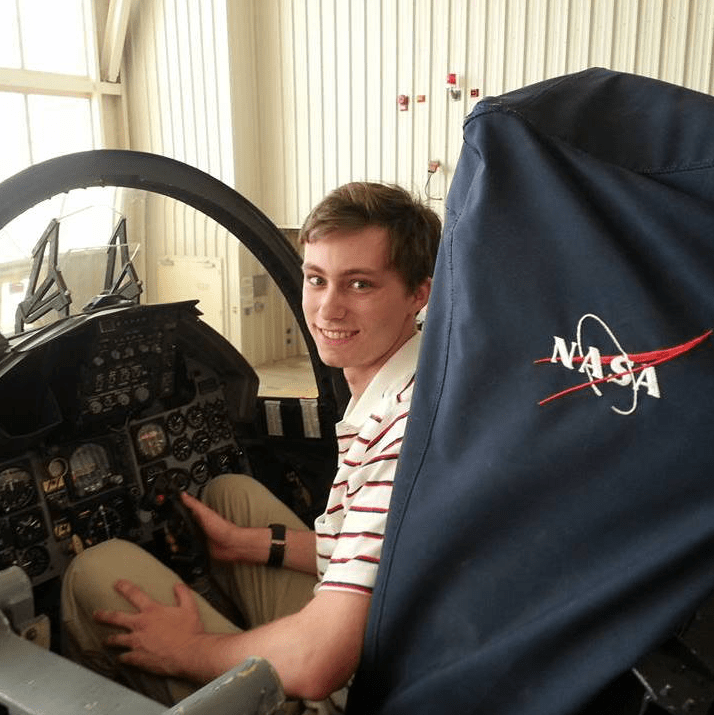Keenan Albee
Massachusetts Institute of Technology
The risks and challenges of the space environment have logically led to proposals to use robots to perform tasks for efficiency and safety reasons. Robotic free flyers (autonomous or controllable robots that operate in microgravity local to a host) have multiple ongoing research areas including autonomous docking systems, Visual Simultaneous Localization and Mapping (SLAM) of space environments, characterizing control methods for docked/connected bodies, and the application of these areas to various practical situations. The ongoing development needed to increase the technology readiness level (TRL) of robotic free flyers promises to allow for the performance of tasks previously delegated to scarce astronaut on-orbit time, increase mission safety, and even lay the groundwork for on-orbit assembly and servicing techniques.
Free flyer research is largely constrained by the testbeds available. The significance of recent upgrades to the MIT SPHERES satellites onboard the ISS is not overstated in noting that they provide the world’s first reconfigurable, on-orbit testbed of multi-satellite docking. Relatedly, research into free flying space robotic manipulators could well be applied to the SPHERES testbed. Applications of manipulators to free flyers include the ability to “perch” to prevent free floating.
The NASA technology roadmaps point to the development of robotic mobility and manipulation systems (TABS 4.2 and 4.3). Recognizing the value of the current configuration of the Halo-enabled SPHERES testbed and interest in satellite/free flyer manipulation activities, my proposed research aims to investigate areas of improvement in free flyer manipulation capability, and its application in enhancing both IVA and EVA mobility. Specifically, this research can be broken down into the following 3 objectives:
- Drive Development of the MIT ARM or Similar Free Flyer Manipulators
- Design Algorithms for Useful IVA/EVA Applications of Free Flyer Manipulators, with an Emphasis on “Perched” Activity
- Validate Free Flyer Manipulator Systems through Ground and On-Orbit
Test Scenarios
The goal of this study is to investigate manipulator designs for both perching and grappling manipulators, creating the control algorithms necessary for their use in docking and object manipulation, and testing their success in ground analogues and on-orbit. Suitable robotic manipulators will be developed to fulfill both the perching and grappling roles, followed by ground tests verifying a set of control laws for maneuvers that have applicability in free flyer mobility and EVA/IVA manipulation tasks. Addressing NASA technology needs, this investigation further offers the opportunity to expand on-orbit construction capability, assist with astronaut EVA/IVA activities, and increase the overall efficiency and safety of spaceflight operations.


























